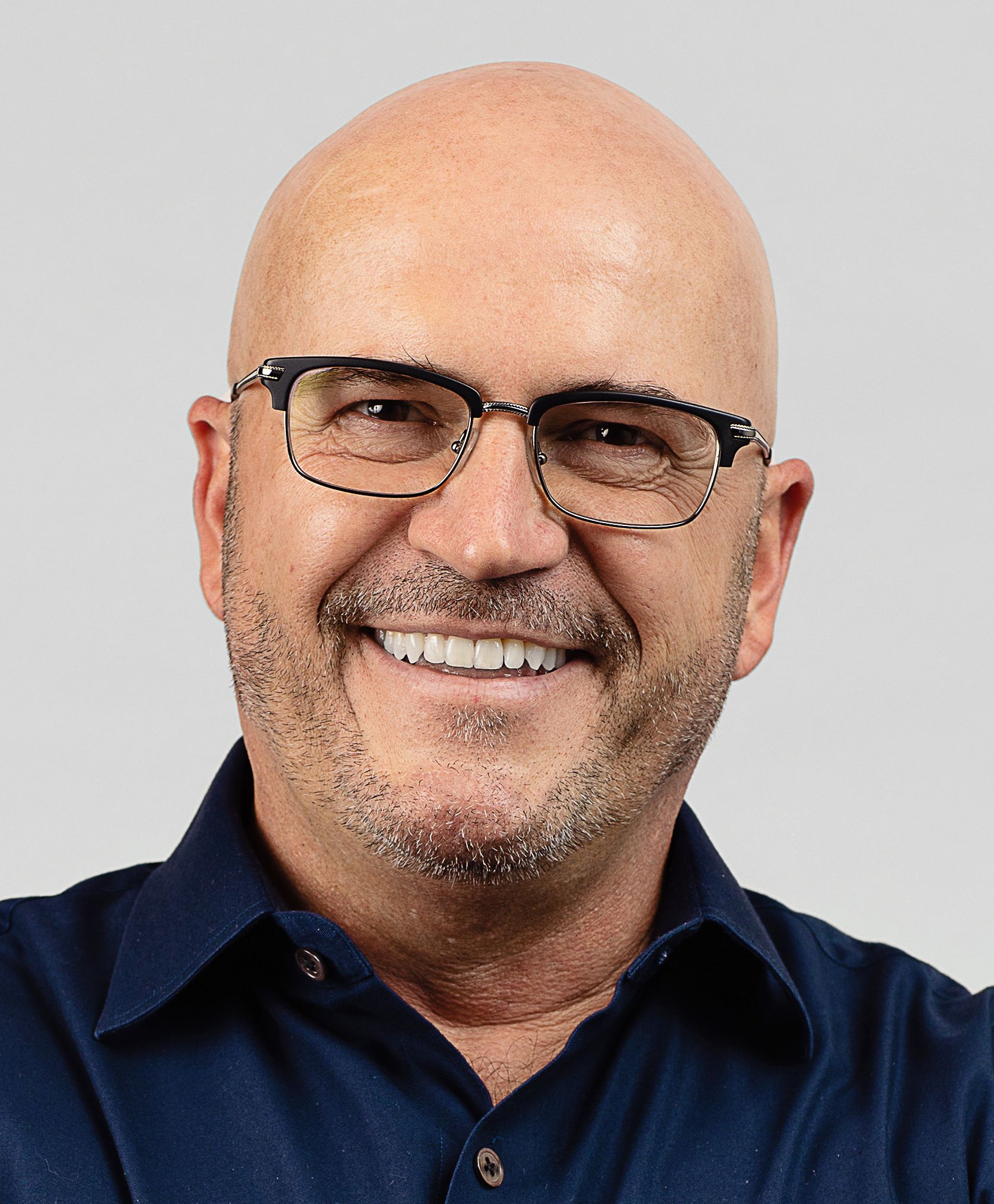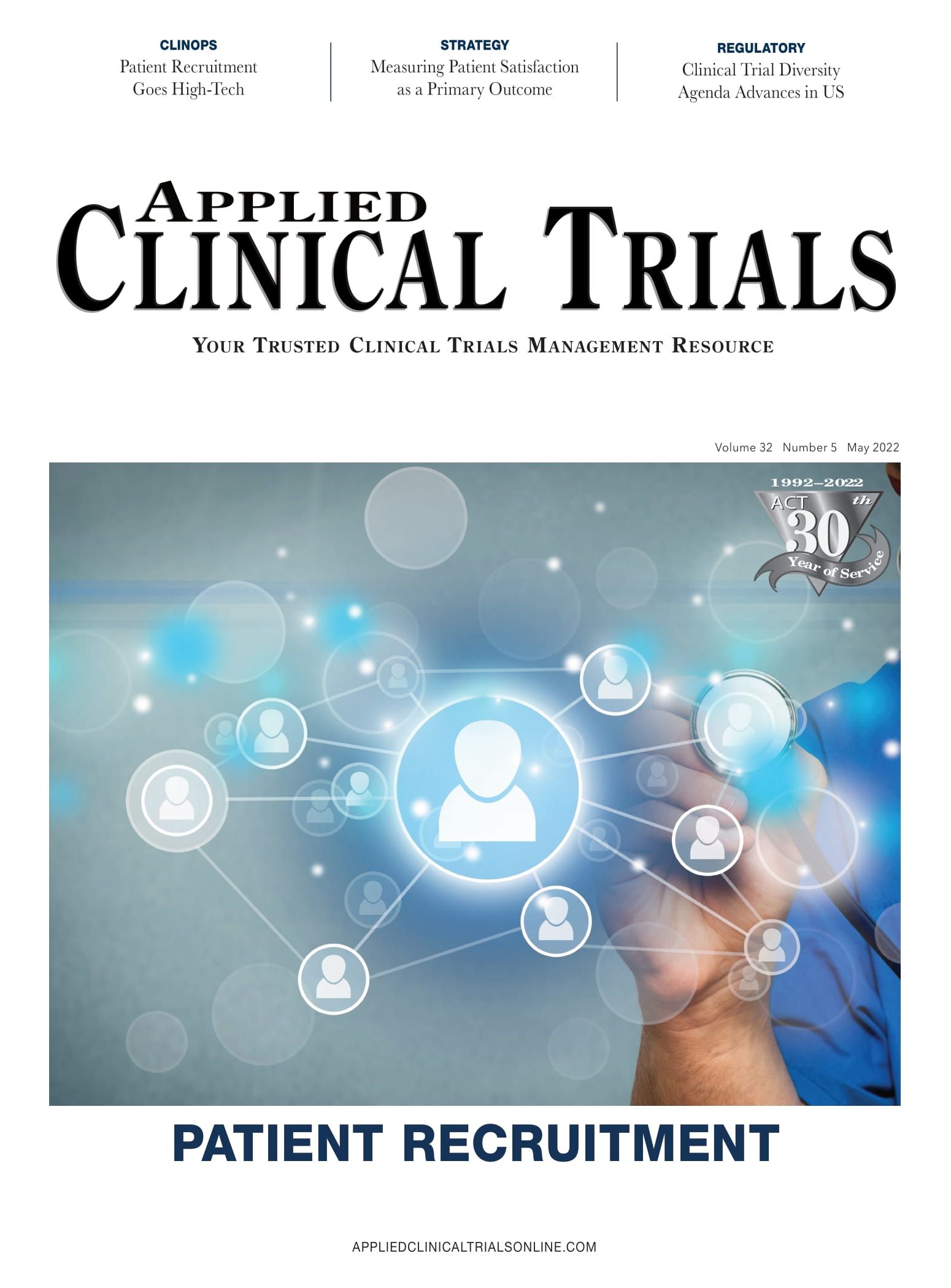The Role of Support Services in Patient Retention
Sponsors can ensure higher retention by partnering with patient support services.

The average investment in recruiting just one patient for a clinical trial has been estimated to be as much as $6,500. Once patients are successfully enrolled, clinical trial coordinators then face the uphill battle of retaining these patients for the duration of the study. With dropout rates often exceeding 30%, the loss of trial participants is a significant concern for our industry.
Fortunately, hope is not lost—pharmaceutical sponsors and clinical research organizations (CROs) are finding they can improve patient retention rates and bolster trial completion with patient centric trials and patient support services.
Understanding the many barriers preventing patients from trial participation is most essential step to keeping them enrolled. These challenges often include missed work (and subsequent loss of income), complex travel arrangements, time away from home and family, increased childcare needs, and the financial burden of delayed reimbursements. Factors such as the trial duration and a patient's perceived feelings of being valued throughout the trial also impact retention.
Maintaining open and ongoing communication between trial participants, caregivers, and trial staff go a long way in increasing retention rates. Initial, one-on-one discussions help patients anticipate the scope and commitment involved in trial participation while demonstrating the level of support provided throughout the study to overcome potential challenges.
Improving trial outcomes with patient centricity
In recent years, our industry has made a noticeable and advantageous shift towards “patient centricity.” Patient-centric clinical trials improve the patient experience by making trials as comfortable and efficient as possible and removing unnecessary burdens to patients facing a difficult diagnosis. These trials consider the patient's needs from the earliest planning stages, incorporating a patient-first blueprint into the study's design.
In February 2022, the Food and Drug Administration (FDA) released new guidance detailing how drug development teams can implement patient-centric trials. An earlier study by The Economist Intelligence Unit found drugs developed with patient-centric processes were:
- Nearly 20 percent more likely to launch than drugs developed without a patient-focused approach. This number was consistent across therapeutic areas (neurology, oncology, and rare diseases).
- Quicker to recruit 100 participants (4-month time period) compared to other innovation types (6-11 months) and all trials (7 months).
A patient-centric approach makes sense socially, financially, and clinically and is rightfully becoming a standard practice throughout our industry. To improve patient experience, clinical trial teams can assist patients with study logistics, leverage technology to reduce patient visits (i.e., wearable monitors, video appointments, etc.), and establish communication channels to keep patients and trial staff well-connected throughout the entire process. From trial design through trial completion, prioritizing patient needs ensures better outcomes for patients and ultimately brings treatments to market faster.
Patient support services and retention
Initially, when trial teams began using a patient-centric model, they focused on improving the clinical aspects of trials, focusing on providing better patient care. It quickly became apparent that addressing patients' social needs were equally crucial to trial success.
CROs and trial sponsors began asking: How can these studies help patients beyond treatment? Are patients struggling with daily pressures, like finding transportation to and from trial appointments? Are pressures from out-of-pocket expenses causing patients to consider dropping out? The answers to these questions highlighted the need to help patients manage the daily challenges of trial participation.
Today, many clinical trial sponsors look to companies like Clincierge to manage patient logistics for their trials. Clincierge’s global team of patient coordinators works directly with patients and their caregivers to ensure comfort and safety throughout a trial. Coordinators are local to the patient, ensuring they share a time zone and cultural understanding and providing a high-touch, concierge level of service.
Throughout the duration of a trial, patient care coordinators establish trusting relationships with patients, caregivers, and clinical site staff. Being regionally and culturally aligned from enrollment through the last visit, patients feel they have someone 'in their corner.' This consistency supports better long-term trial retention as patients and caregivers can focus on the patient's treatment, not the logistics involved. It also frees clinical site teams to focus on the data collection and endpoints of the trial and the patient experience during the site visits.
Patient support providers can also alleviate the complexities of multi-country rare disease trials, which often require extensive travel, visas, relocation, language translation, housing, and transport of medically fragile and pediatric patients. Patient coordinators often plan and pre-pay for cross-border travel while navigating the bureaucratic obstacles preventing patients from participating.
In ideal cases, trial sponsors build patient support into the earliest rounds of the trial design, allowing patient coordinators to assist with patient onboarding. This trial model also encourages patient diversity. By communicating with underserved populations and educating them about available compensation and travel reimbursements, patient coordinators assist in enrolling patients who fit trial criteria regardless of their ability to cover participation costs.
By partnering with a patient support services company, clinical trial sponsors ensure higher retention rates while focusing on the needs of the patients involved. Ultimately, patient-centric clinical trials help new therapies get to market faster while supporting the pharmaceutical industry's most significant goal—caring for the health and well-being of patients around the globe.
Case study: Patient support services at work
A review of a multi-year clinical study highlights the impact patient care coordinators have on trial outcomes. The study is researching a new treatment for Duchenne Muscular Dystrophy (DMD), a rare progressive muscle-wasting disease primarily impacting boys.
In rare diseases like DMD, patient populations tend to be small and geographically distributed across the globe. The DMD study spans 35 trial sites in nine countries. Over a five-year period, 18 patient care coordinators have provided support services, including arranging cross-border travel and accommodations for more than 170 trial patients and their caregivers.
These coordinators arrange cross-border transport and accommodation for patients and help them feel comfortable surrounded by new cultures. Speaking the native language of the patient and caregiver and living in the same time zone ensures ongoing communication and personalized support throughout the trial.
Site travel has been provided via airplane, rail, and wheelchair-accessible car service. In total, patient care coordinators booked more than200 airline flights, 250 ground transportation trips, and 530 hotel reservations. Over 1,300 reimbursements have been distributed to participants after site visits.
Patient carecoordinators have learned the intricacies of DMD to anticipate this patient population's needs and travel preferences. DMD patients often require wheelchairs, so they need ADA-compliant hotel rooms, accessible bathrooms, and living spaces allowing for wheelchair movement.
Likewise, because chewing and swallowing are challenges for DMD patients, many require specific foods and strategically planned mealtimes. Patient coordinators ensure safe and fortified foods are available, allowing patients to adhere to strict dietary guidelines. As patients' medical needs have changed throughout the trial, coordinators continue to tailor logistics to accommodate them.
Removing the emotional, financial, and logistical burdens of clinical trial participation allows patients, caregivers, and trial teams to focus on life-changing treatments. Although this trial is still underway, it is progressing on schedule and within budget, due in part to a patient retention rate that surpasses industry benchmarks.
Scott Gray is the founder and CEO of Clincierge. He was featured on a previous episode of the Applied Clinical Trials podcast. Listen here.

Improving Relationships and Diversifying the Site Selection Process
April 17th 2025In this episode of the Applied Clinical Trials Podcast, Liz Beatty, co-founder and chief strategy officer, Inato, discusses a number of topics around site engagement including community-based sites, the role of technology in improving site/sponsor relationships, how increased operational costs are impacting the industry, and more.
Reaching Diverse Patient Populations With Personalized Treatment Methods
January 20th 2025Daejin Abidoye, head of solid tumors, oncology development, AbbVie, discusses a number of topics around diversity in clinical research including industry’s greatest challenges in reaching diverse patient populations, personalized treatment methods, recruitment strategies, and more.